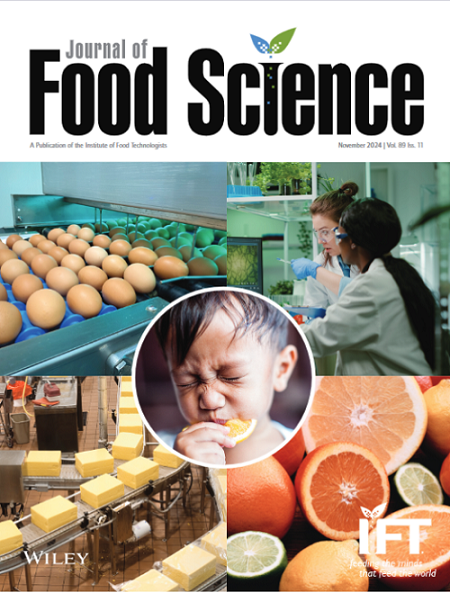Biomarkers of Rotted Sugar Beet: A Low-Temperature Volatile Organic Compounds Analysis Framework Using Static Headspace Gas Chromatography-Mass Spectrometry
Abstract
Sugar beet (Beta vulgaris L.) storage rots significantly reduce sugar quality and economic viability of the industry. Early storage rot detection can mitigate sugar loss through timely interventions, with volatile organic compounds (VOCs) serving as potential biochemical markers. However, conventional static headspace gas chromatography-mass spectrometry (HS-GC-MS) methods for VOC detection typically require elevated incubation temperatures, unsuitable for accurately replicating real storage conditions (4°C–20°C), thus limiting their practical applicability. This study aimed to develop and optimize a low-temperature static HS-GC-MS analytical method for accurate VOC profiling in stored sugar beets. A comparison between healthy and rotted sugar beet samples identified ethanol and ethyl acetate as two promising VOC markers for early detection of storage rots. Through systematic optimization of sample preparation, calibration strategies, and static headspace sampling parameters, a sensitive and reliable low-temperature detection protocol was established. The optimized method effectively addressed matrix effects and enhanced analyte detection, yielding limits of detection (LOD) of 0.03 ppm for ethyl acetate and 1.4 ppm for ethanol, with recovery rates of 105% and 101%, respectively. This optimized approach provides a robust analytical foundation essential for integrating VOC profiling with sensor and machine learning technologies, significantly advancing real-time sugar beet storage rot monitoring and management.





 求助内容:
求助内容: 应助结果提醒方式:
应助结果提醒方式:


